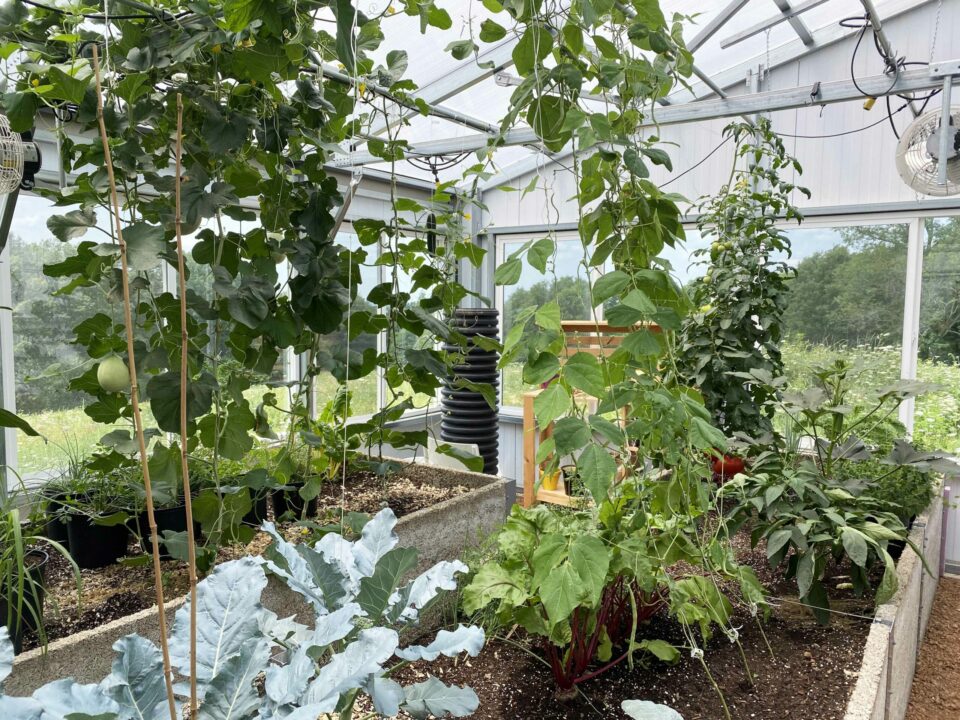Introduction: Plant lights are specially designed lighting devices aimed at providing optimal light conditions for indoor plants. To ensure maximum efficiency and growth, it is essential to understand the correct usage, including timing, light intensity, adjusting height and angle of the lights, and incorporating appropriate watering and fertilization practices.
Proper Timing and Light Intensity: Understanding the plant’s specific light requirements is paramount to utilizing plant lights effectively. Different plants have varying needs for light duration and intensity. Research the recommended lighting requirements for your particular plants and adjust the lighting accordingly. Typically, plants need around 14-16 hours of light per day, including a dark period for rest. To avoid overexposure, maintain a consistent light schedule and utilize timers for automatic on/off functions.
Adjusting Height and Angle: The height and angle of plant lights play a crucial role in ensuring adequate light coverage and preventing light burn. As plants grow, it is necessary to adjust the lights’ height to maintain the recommended distance between the light source and the plants. A general guideline is to keep the lights around 6-12 inches above the plant canopy. Regularly monitor your plants’ growth and adjust light height accordingly. Additionally, periodically rotate the lights or adjust their angles to ensure uniform light distribution and fuller plant development.
Watering and Fertilization: Appropriate watering and fertilization practices are essential to meeting the plants’ nutritional needs and maximizing their growth potential. It’s crucial to water your plants according to their species and size. Ensure that the water reaches the roots and properly drains out to prevent waterlogging and root damage. Additionally, regularly check the moisture levels in the soil and adjust watering frequency accordingly. Fertilize your plants as recommended, providing them with essential nutrients to support their growth.
Combining Natural Light and Plant Lights: While plant lights are effective in providing supplementary light, utilizing natural sunlight alongside artificial lighting can be highly beneficial. Place your plants near windows or provide them with occasional exposure to natural light. This combination ensures a broader light spectrum, mimicking natural conditions and promoting more robust growth. However, be cautious to avoid exposing plants to direct sunlight for extended periods as it can cause scorching.
Conclusion: By accurately understanding the timing, light intensity, and adjustments needed for plant lights, coupled with appropriate watering and fertilization practices, indoor gardeners can effectively utilize plant lights to maximize plant growth. Regular monitoring, adjustments, and the right balance of natural and artificial lighting can foster healthy, thriving indoor plants. Remember, each plant is unique, so always research individual species’ specific lighting requirements for optimal results.
Post time: Jul-14-2023




